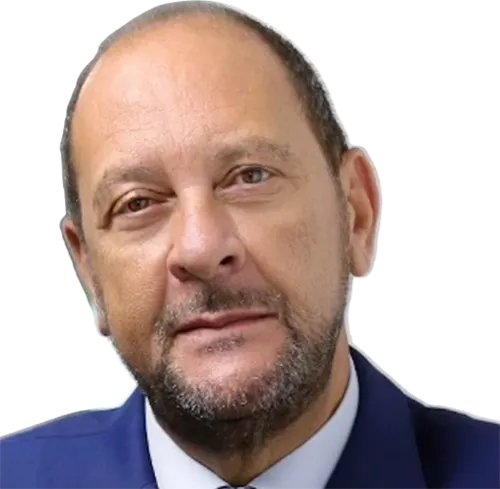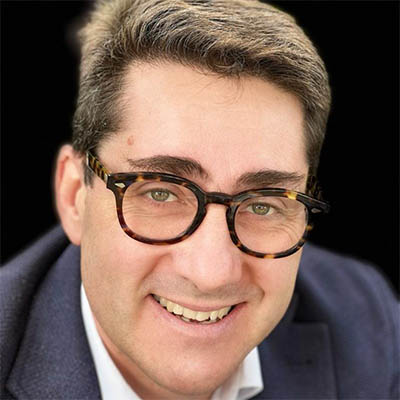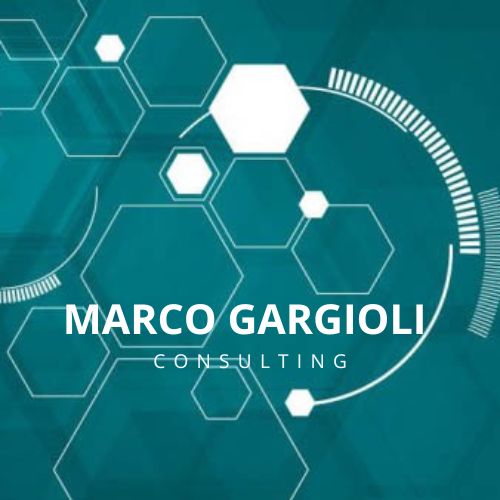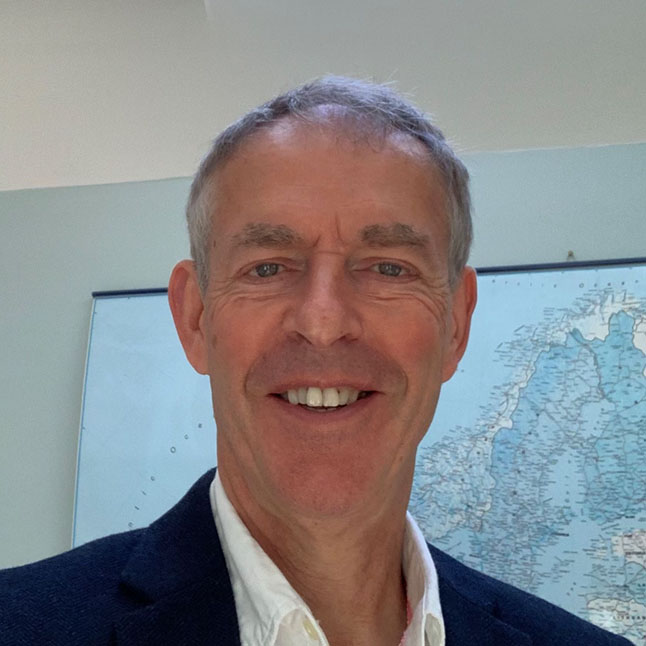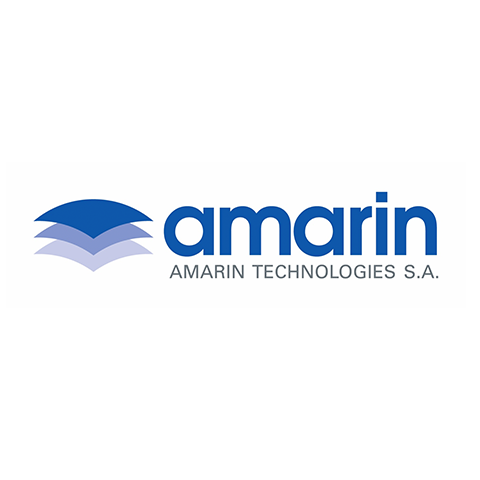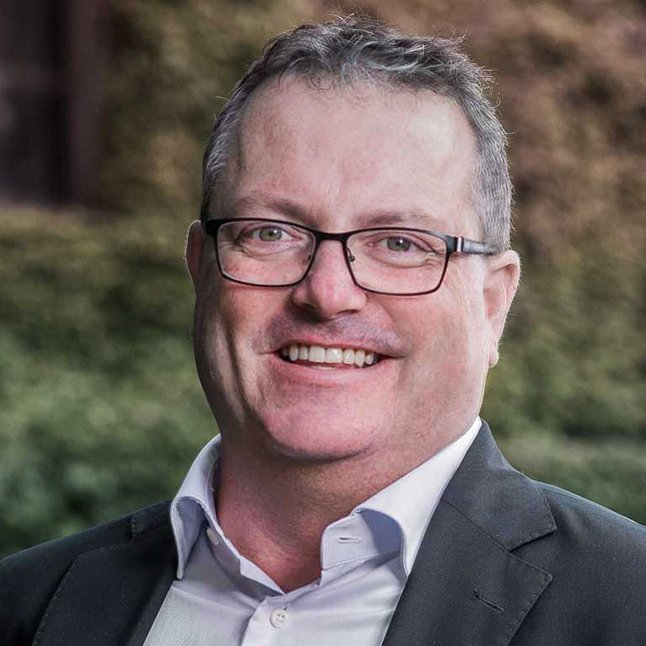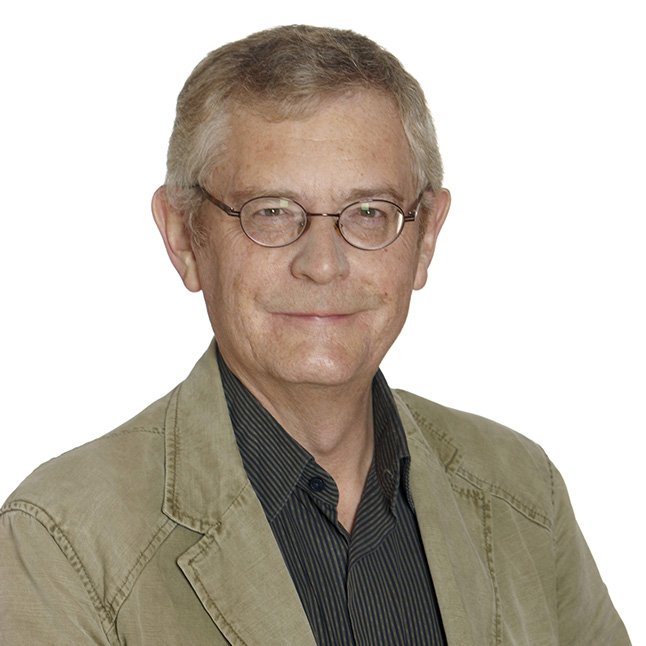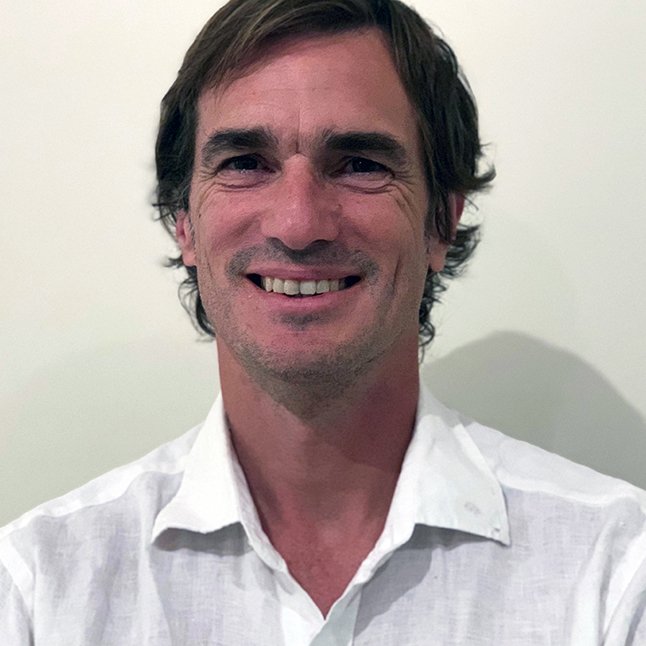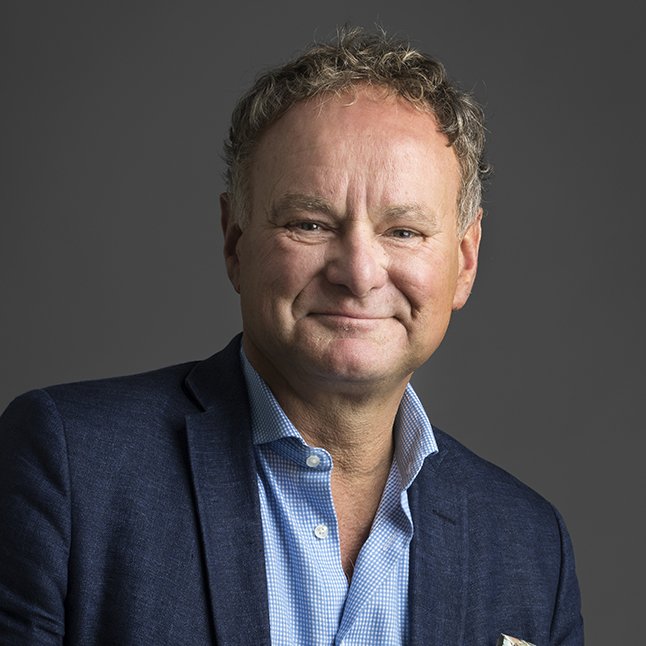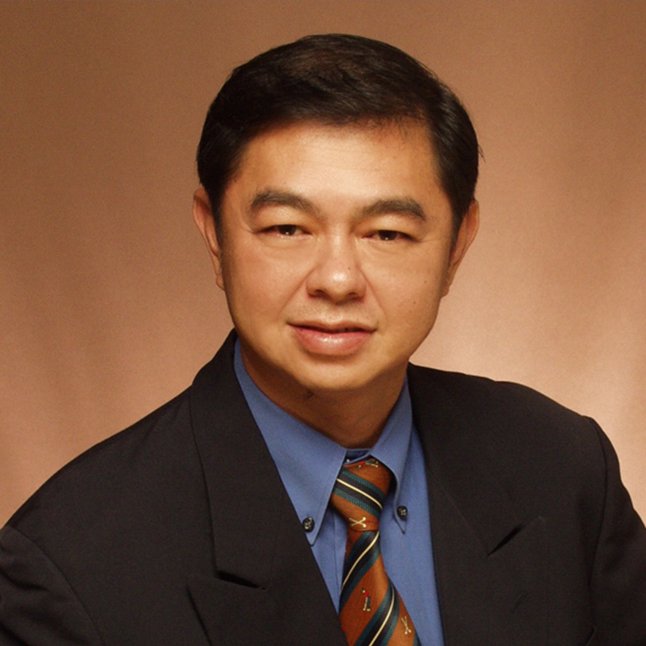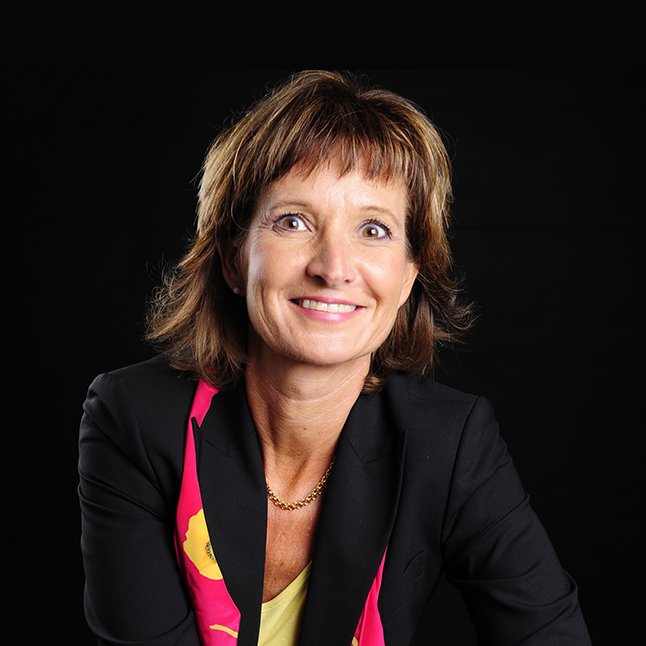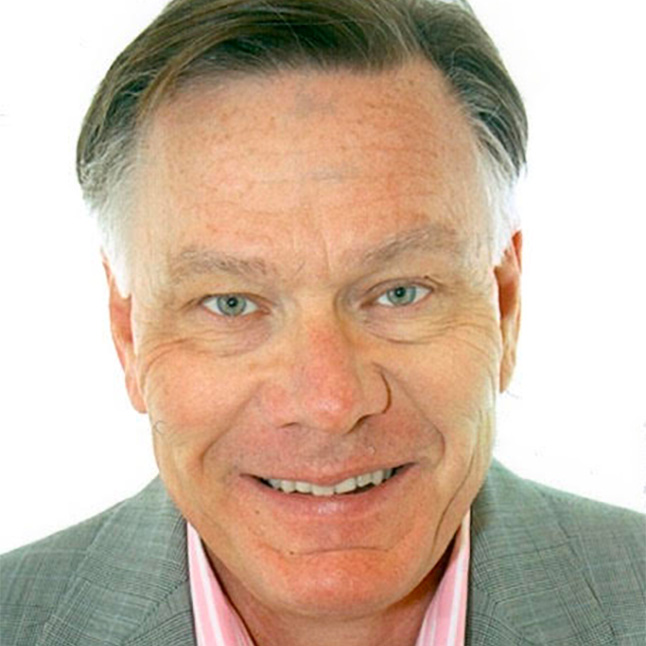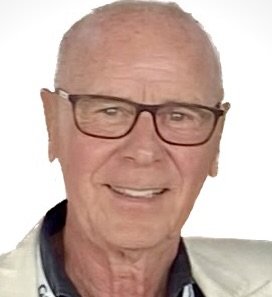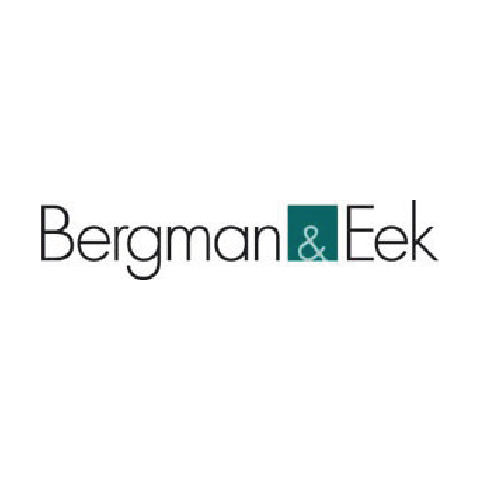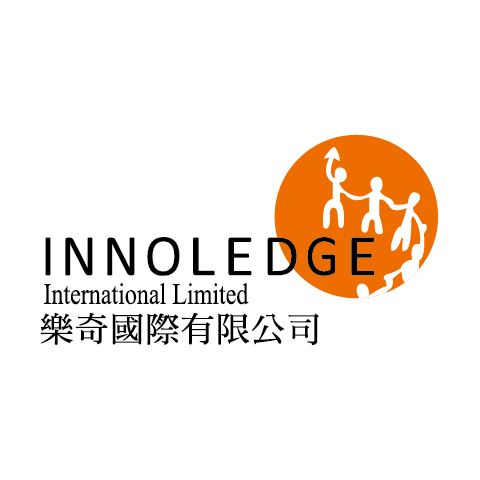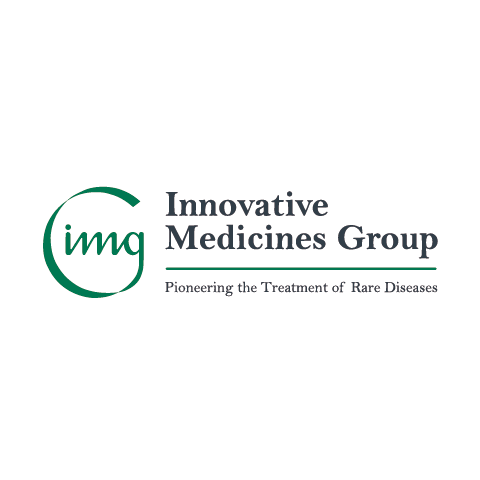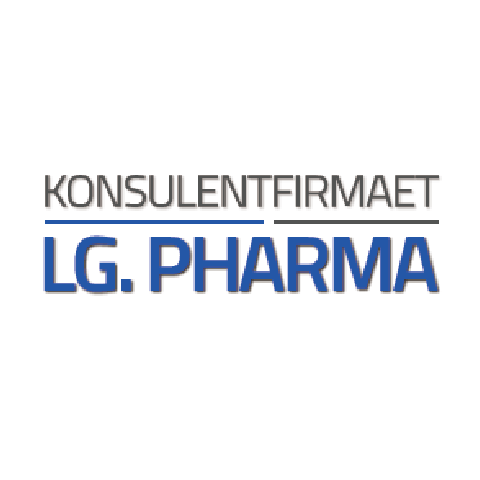 The range of application of Martin Fagerström’s research is wide, incorporating everything from crashworthiness to sports and health.
The range of application of Martin Fagerström’s research is wide, incorporating everything from crashworthiness to sports and health.
Martin Fagerström is Co-director of Health Engineering Area of Advance, and the coordinator of Chalmers initiative in Sports Engineering, Chalmers Sports & Technology
CHALMERS UNIVERSITY OF TECHNOLOGY
Chalmers University of Technology in Gothenburg, Sweden conducts research and education in technology and natural sciences at a high international level. The university has 3100 employees and 10,000 students and offers education in engineering, science, shipping and architecture. With scientific excellence as a basis, Chalmers promotes knowledge and technical solutions for a sustainable world. Chalmers was founded in 1829 and has the same motto today as it did then: Avancez – forward.
Chalmers Areas of Advance
Energy , Health Engineering, Information and Communication Technology , Materials Science , Excellence Initiative,Production ,Transpor
Chalmers University of Technology Gothenburg expands cooperation with healthcare
Chalmers has a long history of collaboration with the Sahlgrenska Hospital in Gothenburg, a university hospital since 1997, says Martin Fagerström. – Already in the 1950s, doctors and engineers collaborated to develop medical-technical solutions to current diagnostic or therapeutic problems. The collaboration was initially person dependent but, since around ten years, the collaborations between the hospital and its academy have been increasingly organized within MedTech West, Center for Healthcare Improvement, Center for Healthcare Architecture, FoRmulaEx and Center for Bionics and Pain Research. These centers build networks and offer a collaborative platform for joint research, education and development of new technologies
Health Engineering – a broader focus
The creation of the Chalmers Health Engineering Area of Advance means a further broadening and inicrease of collaboration within healthcare between the region and the University of Gothenburg. Chalmers has, today, much to offer the healthcare in terms of advanced improvement and development in a number of areas so the investment is a natural step. – We have received more and more efficient tools and at the same time the healthcare faces new and more difficult challenges. Chalmers’ broad expertise encompasses everything from healthcare organization and building architecture to pharmaceuticals and non-pharmaceutical therapies. – Together with Sahlgrenska University Hospital and other actors within the Western Swedish healthcare, we are developing new ways of treating illness. Individualized care is an area under strong development, as are thought-driven prostheses. (See Center for Bionics and Pain Research). Nutrition is another expansive area of research. – A practical result of our collaboration is Strokefinder, a “Patient helmet” which already in the ambulance can constitute a time-saving clinical decision support in differential diagnosis between cerebral hemorrhage and blood clot. Strokefinder has been in use for some time now.

Strokefinder, a microwave-based system for stroke and trauma diagnostics. Strokefinder is shown here with the eight antennas that are placed in pairs on arms that can enclose the head and hold them in place during a measurement. But with the help of a single knob, the antennas can be adjusted to fit people with different sizes and shapes of heads. The procedure is very simple and a measurement can therefore be performed quickly.
Five Profile areas
Martin Fagerström indicates the five profile areas for the Health Engineering Area of Advance.Based on our goal of contributing to solving the major global health challenges in society, we focus our energy in these five profile areas:
- Digitalisation, big data and AI
- Infection, diagnostics and drug delivery
- Medical engineering
- Prevention, lifestyle and ergonomics
- Systems and built environments for health care
Computer vision
A new tool is computer vision, says Martin Fagerström.
- The aim of computer vision and image analysis is to make computers understand images, videos and other image-like data. Localizing a tumor in a 3D magnetic resonance image is an example of use.
- In collaboration with medical partners, we develop methods for anatomy segmentation, robust registration and computer-aided diagnostics. We work with several different types of medical images, including CT, MRI, PET, ultrasound and microscopy, and target medical applications, for instance, coronary artery segmentation and image-guided surgery.
Quantum computer – a completely new computer technology
The hottest right now on the computer front are quantum computers. Researchers at Chalmers have shown that they can solve a small part of a real logistics problem with their small but well-functioning quantum computer.The challenge with quantum computers is that the “processors” areextremely sensitive and unstable. The bits, which consist of quantum particles and are called qbits, can have the value zero and one at the same time, so-called superposition, until a reading is made, whereupon the value is stabilized to either zero or one with a certain probability.
A research team from Chalmers has shown that their quantum technology can solve a real problem in the aviation industry: to plan the routes of the aircraft in an optimal way. A quantum computer means a real addition to Chalmers’ toolbox, a completely new technology that opens up hitherto unimagined possibilities. Researchers have shown that Chalmers has the ability to solve real-world problems on our quantum processor; so far with few quantum bits, but they work well. They have now scaled up and are currently working with five quantum bits. The plan is to reach at least 20 quantum pieces by 2021 without sacrificing performance. A possible benefit of quantum computers in healthcare in the near future, lies in studies of genome (genomics) for diagnosis, prediction and prevention in a number of different diseases.
 Chalmers quantum processors are built from superconducting quantum bits, in the form of electrical circuits on a microchip that can put individual photons in quantum states. The operations must take place in a cryostat, very close to the absolute zero point, in order for the circuits to be superconducting, ie to conduct current completely without resistance. Connecting many quantum bits is relatively easy, but having control of quantum states and making error corrections is difficult. Today, researchers are learning to master their first generation quantum computer made up of three quantum bits.
Chalmers quantum processors are built from superconducting quantum bits, in the form of electrical circuits on a microchip that can put individual photons in quantum states. The operations must take place in a cryostat, very close to the absolute zero point, in order for the circuits to be superconducting, ie to conduct current completely without resistance. Connecting many quantum bits is relatively easy, but having control of quantum states and making error corrections is difficult. Today, researchers are learning to master their first generation quantum computer made up of three quantum bits.
Three challenges
At Chalmers, we have chosen to group the societal challenges we face in the following three areas, says Martin Fagerström.
• Health – changing population and new diseases • Health – increased need for care in a society with limited resources • Health, climate and sustainability
The challenges are great for Swedish healthcare and thus for Chalmers Health Engineering Area of Advance. But as reported above with a selection of Chalmers broad frontline research, we are today considerably better equipped to meet the challenges with joint effort, concludes Martin Fagerström.
Read more at the health engineering area of advance Chalmers.
//COB

